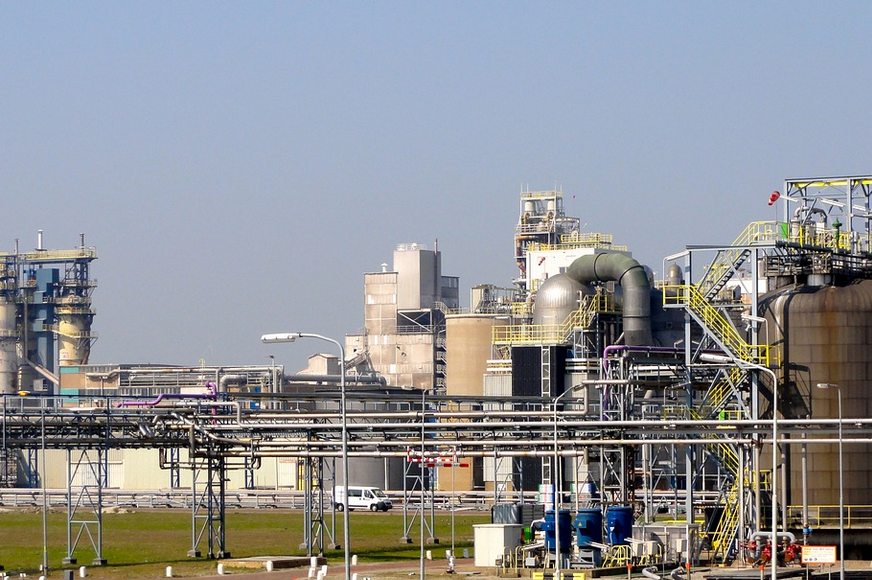Introduction
As people become more conscious about their health, they are turning towards natural alternatives to processed foods. One such alternative that has gained popularity in recent years is pink Himalayan salt. But is it really a better choice compared to plain old table salt? Let’s find out.
What is Pink Himalayan Salt?
Pink Himalayan salt is a type of rock salt that is mined from the Himalayan region. It gets its pink color from the minerals present in the salt, such as iron, potassium, and magnesium. These minerals are believed to provide health benefits that are not found in table salt.
What is Table Salt?
Table salt is the most commonly used salt in households. It is made by evaporating seawater or saltwater from salt mines. The salt is then processed and refined to remove impurities and minerals. This results in a fine-grained salt that is easy to sprinkle and dissolve.
Nutritional Value
Pink Himalayan salt is often touted as a healthier alternative to table salt because it contains trace minerals that are beneficial for the body. These minerals include iron, potassium, and magnesium. However, the amount of these minerals in pink Himalayan salt is not significant enough to make a significant impact on your health.
Table salt, on the other hand, is fortified with iodine, an essential mineral that is important for thyroid function. Iodine deficiency can lead to a range of health problems, including goiter, hypothyroidism, and mental retardation.
Taste and Flavor
Pink Himalayan salt has a milder and less salty taste compared to table salt. It also has a slightly different flavor due to the presence of minerals. Some people prefer the taste of pink Himalayan salt, while others find it too mild.
Table salt has a stronger and saltier taste that is often associated with processed foods. It is also more consistent in flavor compared to pink Himalayan salt.
Price
Pink Himalayan salt is more expensive compared to table salt due to its unique properties and sourcing. It is often marketed as a premium product and is priced accordingly.
Table salt, on the other hand, is widely available and is one of the cheapest ingredients you can buy.
Conclusion
While pink Himalayan salt has gained popularity in recent years, it is not necessarily a healthier alternative to table salt. The amount of trace minerals present in pink Himalayan salt is not significant enough to make a significant impact on your health. Table salt, on the other hand, is fortified with iodine, an essential mineral that is important for thyroid function.
Ultimately, the choice between pink Himalayan salt and table salt comes down to personal preference. If you prefer a milder and less salty taste, pink Himalayan salt may be a better choice for you. But if you want to ensure that you are getting enough iodine in your diet, table salt is the way to go.
So, what’s your pick – pink Himalayan salt or table salt?

